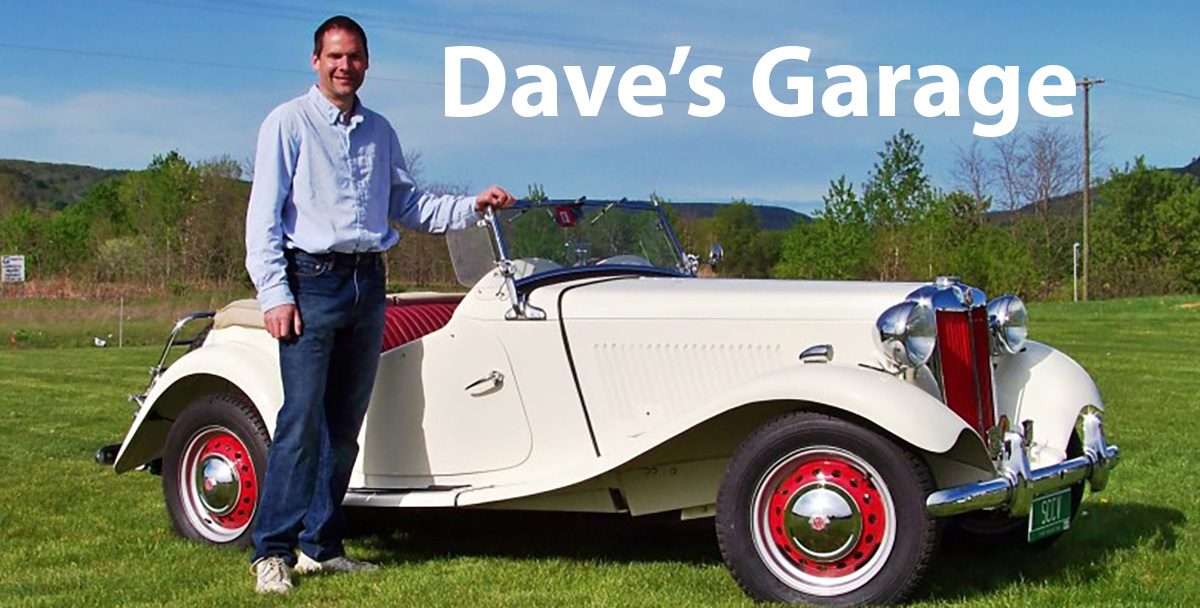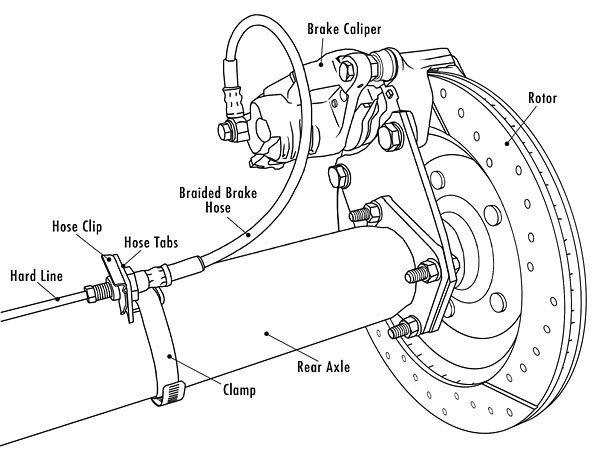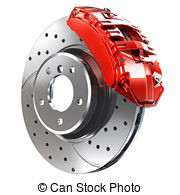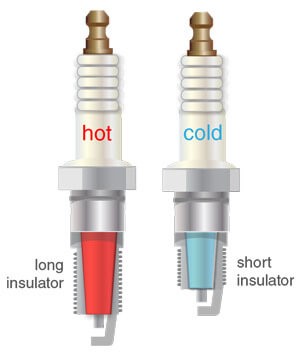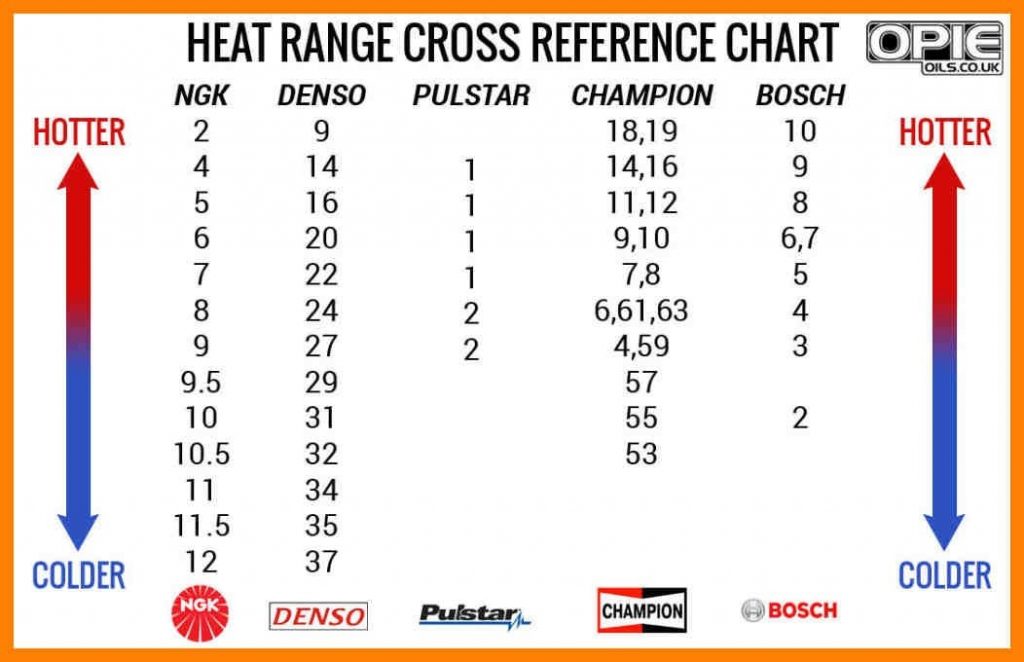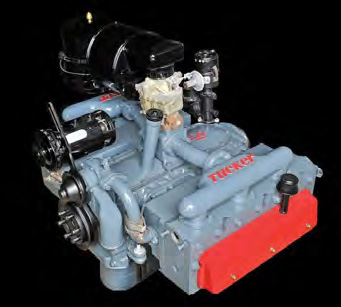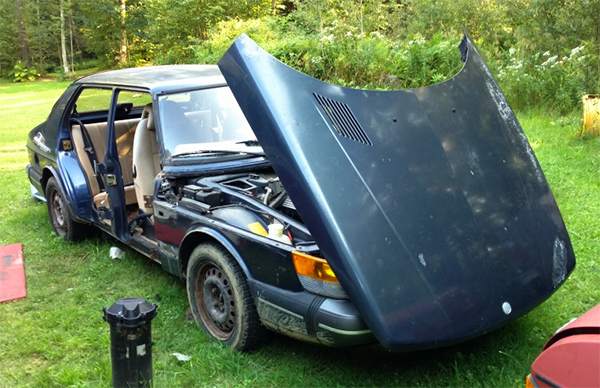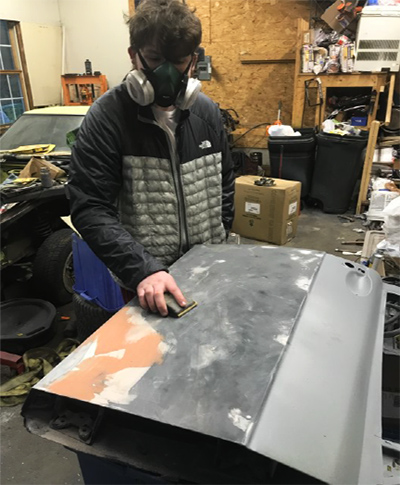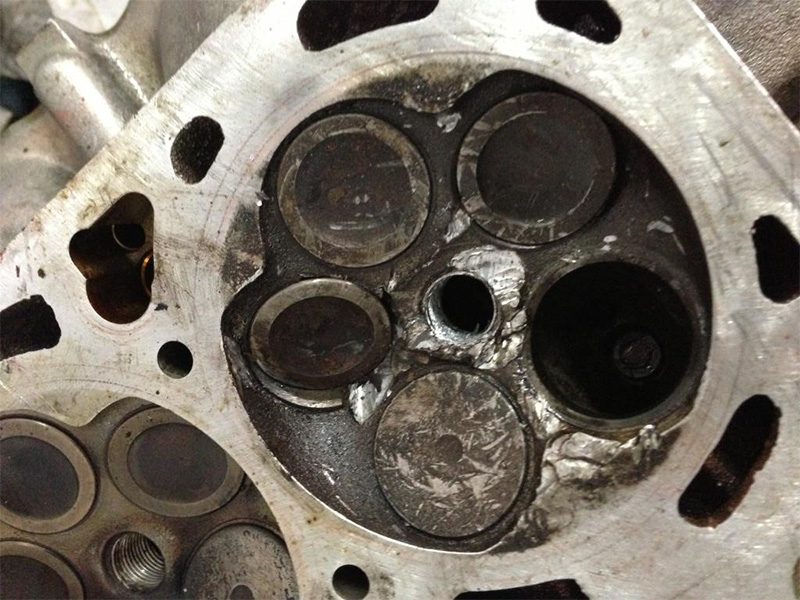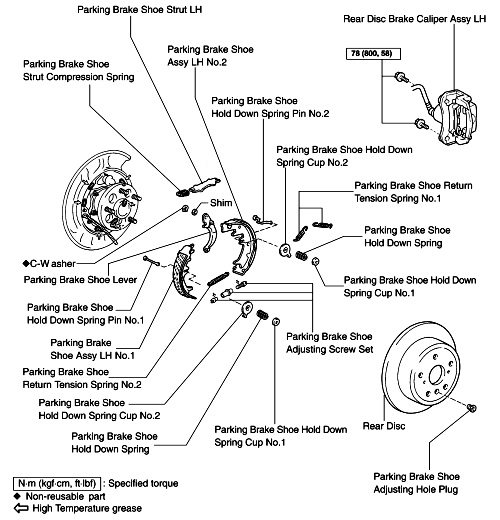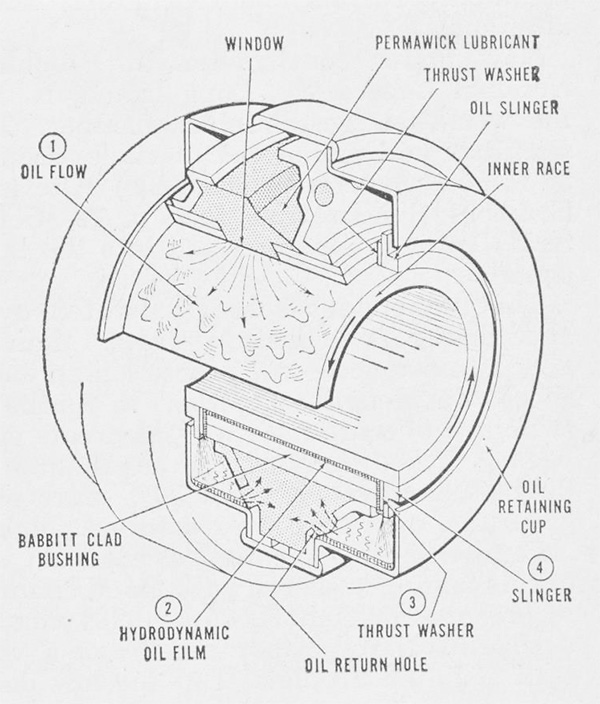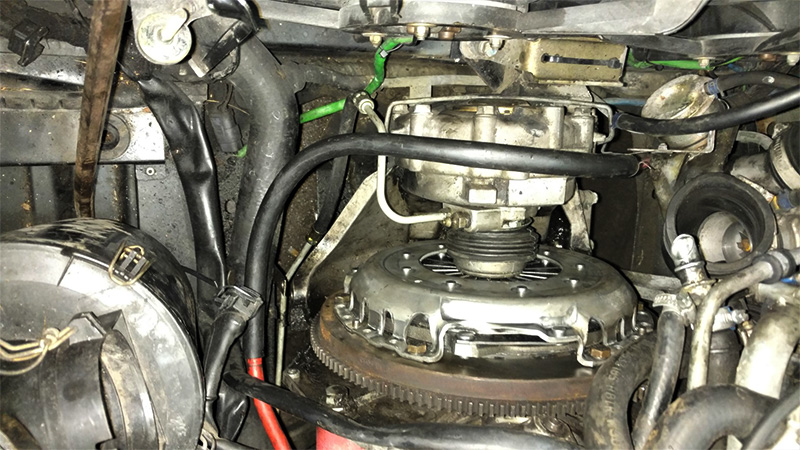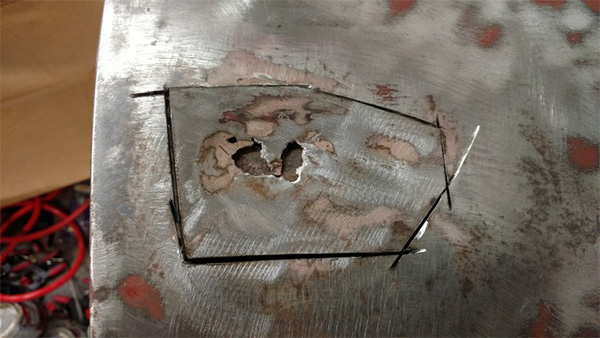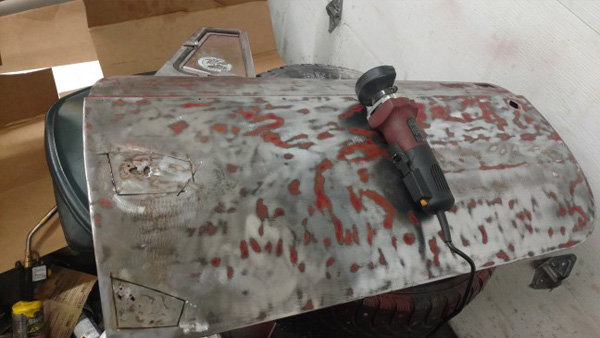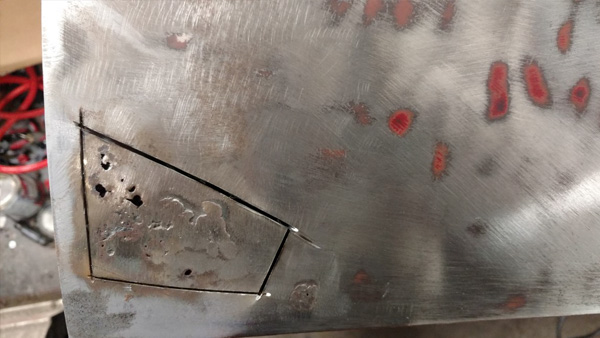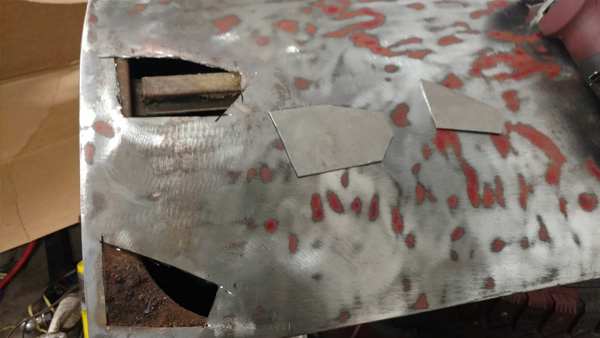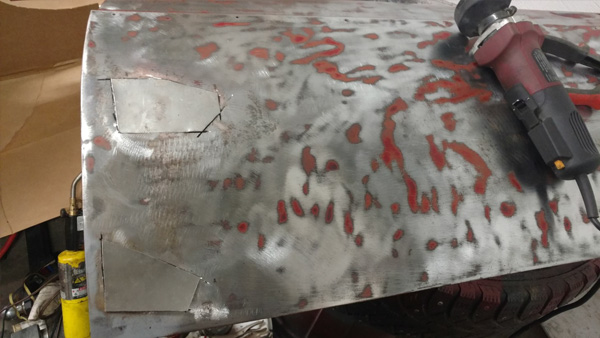Many new car dealers offer “free state inspections” for life when you purchase a vehicle from them.
Why would car dealerships offer this? The answer is to get you into the service department after the sale of the vehicle. If you were to have the dealership perform scheduled maintenance and repairs, they would make money selling you these services. I have experienced several situations where the dealership uses the “free inspection” to pressure the consumer into consenting to repairs and services that are either not needed or should be covered by the new car warranty.
I have friends and co-workers who have shared stories of dealerships pressuring them in to performing services, or expensive repairs that may not be necessary. Recently, I brought a one-year old vehicle with 8,000 miles to the dealership for a “free” State inspection. The brake pads and/or calipers had seized, causing the inside of the rotors to not contact the inner brake pads. The dealership flunked the car but said for just less than $500 they could free up the calipers and pads and turn the rotors. I asked why a one-year old vehicle with barely 8,000 miles would need this work, and why it would not be covered by warranty. They stated the warranty only covers parts that need to be replaced, and they would not be replacing any parts. I asked for the keys back and brought the vehicle to an independent shop. The independent shop also flunked it for the same reason, in addition to finding worn out bushings in the rear suspension. They quoted a price of $850 to make the one-year old vehicle, with barely 8,000 miles covered by the factory warranty inspectable. The original dealer then sent out a bill for $45 for the “free” inspection. Apparently, if the vehicle fails the “free” inspection, and you opt not to pay them to fix it, they charge you $45 for the failed inspection. Remember, If the dealership performs a warranty repair, they bill the manufacturer a flat shop rate. The rate a consumer pays for the same repair is significantly more than the flat-rate the manufacturer pays. The dealership would make more money convincing the consumer to pay to make the repair vs. the manufacturer. Why do dealerships do this? Because it works, and they make a lot of money with this business model.
My advice is this:
IF you choose to exercise the “free inspection”, read your owner’s manual and warranty carefully before you go to the appointment. IF the dealer recommends any services that are not mentioned in the schedule of maintenance table at the back of the owner’s manual, do not consent to the services. If they push back, point out the factory recommended service schedule in the back of the owner’s manual. If they say service is necessary for an inspection, read the warranty carefully, and point out to them what is covered, and what is not. Remember, dealerships have the “free inspection” to make money on service. Be careful, and do not fall for high pressure tactics to have the dealership perform services that are not necessary.










